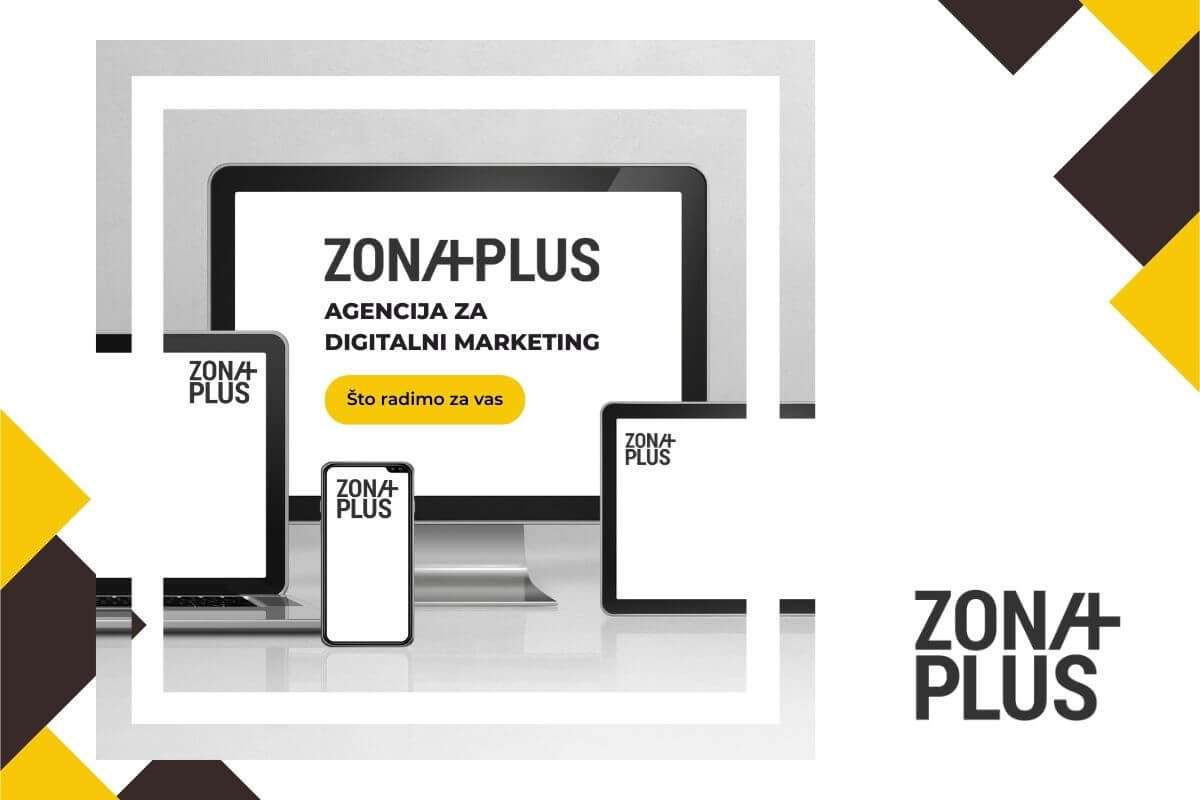
Have you ever felt like your marketing is “stretched” in too many directions, yet brings no results? You post something on Instagram, send a newsletter, place an ad… But each of those steps says something different. That’s exactly where the problem lies. People today expect one clear story.
You posted something on Instagram, sent out a newsletter, paid for an ad. You did everything right, didn’t you? But the result didn’t follow.
If this happens to you, you’re not alone. Most small business owners and craftspeople today use several communication channels but don’t connect them into a single story.
And that’s exactly the issue: it’s not only important where you’re present, but also how your communication looks when all channels come together.
And when all the channels do come together, that’s omnichannel marketing - an approach that connects all your channels into one meaningful and user-friendly experience.
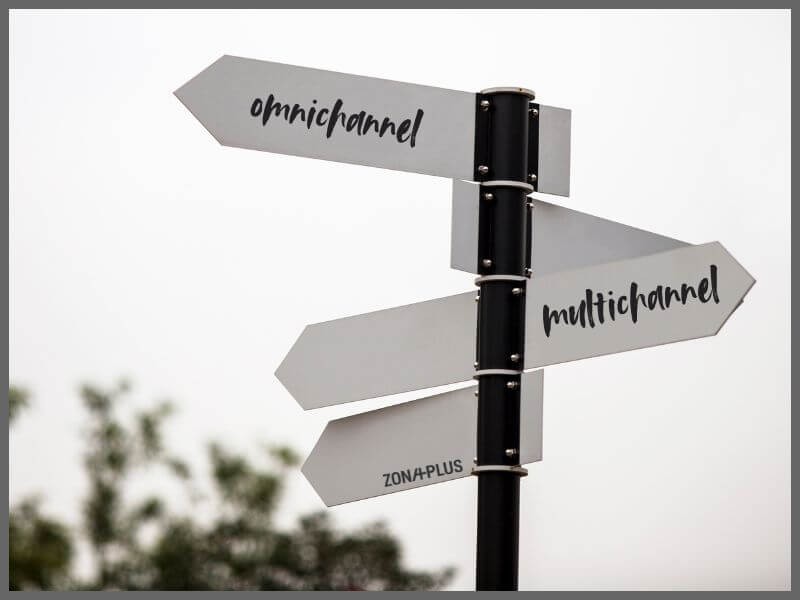
You’re probably currently using a multichannel strategy - you have a website, a Facebook page, an Instagram profile, and maybe you occasionally send out a newsletter.
There are channels, but they’re not connected to each other.
Multichannel means being present in multiple places, multiple channels, but each channel functions separately and doesn’t complement the others.
With the omnichannel approach, all channels work together to provide a consistent and connected experience, regardless of where someone joins the process.
If someone sees your ad on Instagram, signs up for the newsletter, and then makes a purchase through your website, the omnichannel strategy will take care of every step, ensuring it’s meaningful, familiar, and helpful.
Here’s what that would look like:
But why is omnichannel important, especially for small business owners?
Every new year brings new expectations from your customers and clients, your audience.
People have gotten used to brands following them across various channels, remembering their choices, and communicating in a personalized way. Big brands have been doing this for years.
And this is your chance to catch up with the big ones - because even a small team can implement an omnichannel strategy today, with the right tools.
Why you should develop an omnichannel strategy:
The omnichannel approach is achievable for everyone, even for small businesses that want to manage communication smartly and build longer-lasting customer relationships.
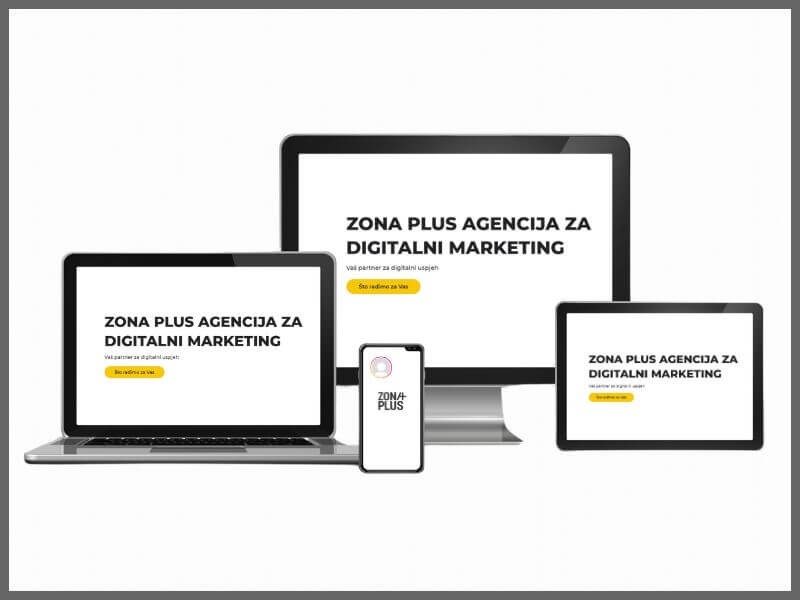
Imagine this situation: someone sees you for the first time on Instagram. They like one of your posts and click the link in bio. They land on your website, subscribe to your newsletter, and receive a personalized offer by e-mail.
And if they don’t complete the purchase, later they’re targeted with reminder ads on Facebook.
That is omnichannel experience in practice. Each channel has its role, but they all lead to the same goal - conversion.
Here’s how it looks:
The person gets the impression they’re communicating with one brand, not multiple channels.
1. Apartments by the sea
2. Boat tour organizer
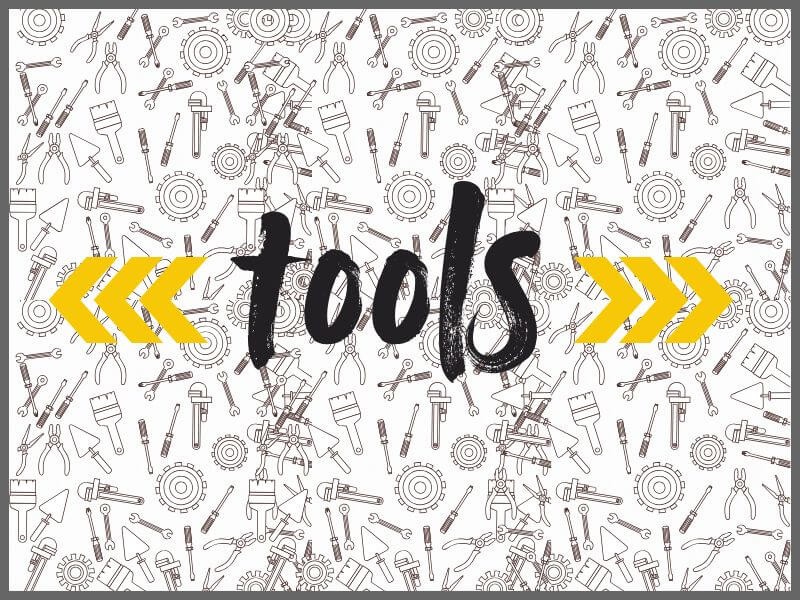
On the bright side, you don’t have to do everything manually.
There are tools that can connect and automate parts of your communication. If you set them up properly, they will exchange data between them and help ensure every contact, click, and signup makes sense.
Mailchimp is still a leader when it comes to sending newsletters and automating e-mails. You can send a welcome message to new subscribers, set up a series of messages, or send reminders to those who abandon their cart without completing the purchase. However, automation is no longer free.
If you’re looking for a more affordable option, Brevo offers great automation and CRM tools at accessible prices.
Meta Pixel still works and allows you to track website visitors and automatically display personalized ads on Facebook and Instagram.
The new recommendation is to use it together with the Meta Conversions API (CAPI), which records data directly from the server and bypasses cookie or blocker limitations.
GA4 is the main (and free) tool for understanding what visitors are doing on your site. It tracks user journeys, behavior across multiple devices, events, and conversions.
For small businesses, it offers more than enough - reports, tracking clicks, signups, and interactions.
If you share links in posts or e-mails, you’ve probably already come across tools like Bitly or Rebrandly. Although they may seem like “short link tools” at first, they actually do much more. They also give you concrete data on how many people clicked the link, when they clicked, and which device or channel they used (e.g. Instagram, e-mail, WhatsApp).
If you collect e-mail addresses and communicate with guests, clients, or customers, CRM tools help you do it smartly. Instead of keeping data in spreadsheets, CRM gives you an overview of who is who, when they reached out, what they requested, and how you communicated with them.
Tools like HubSpot and Zoho CRM allow you to:
And no, you don’t need a pile of tools that don’t communicate with each other.
It’s enough to have two or three that can connect and work together. That way, you get a clear picture of who your buyers and clients are, what they’re interested in, and how to communicate with them effectively.

If you don’t track what’s happening in your strategy, you can’t know whether it’s working or you’re just wasting time and budget.
A good omnichannel strategy doesn’t end with a social media post or sending a newsletter. Success is measured through people’s behavior at every step, and that’s exactly what data allows you to see.
Here’s what you should regularly track:
You don’t need to track every possible metric, but these basics are essential, because they can tell you a lot. Follow the numbers and compare them regularly, and you’ll quickly see what brings results and what doesn’t.
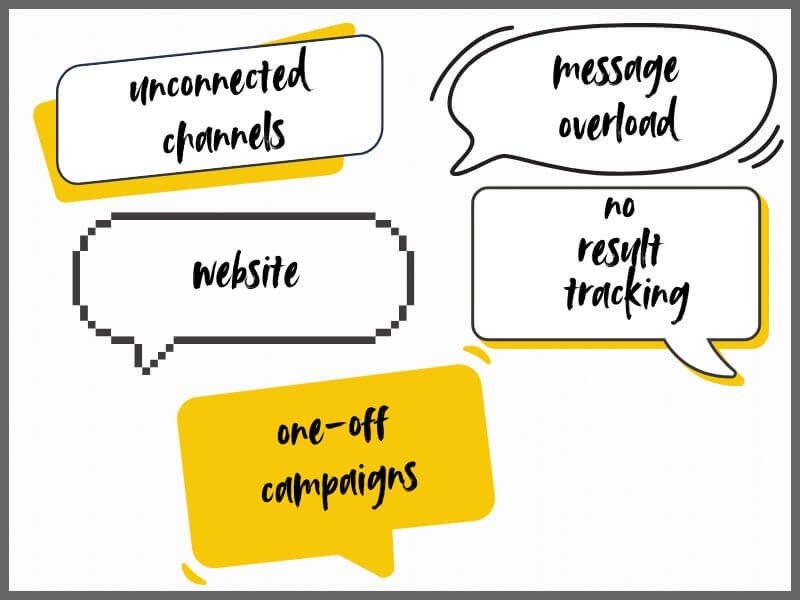
If you’ve already started connecting your channels, that’s great, but be mindful of the pitfalls.
Some mistakes are not technical but strategic missteps. And those are the ones that cost the most.
Here’s what to pay special attention to:
The most common issue is when social media, e-mail, and your website don’t “tell” the same story. If someone sees your post and clicks, they shouldn’t land on a page that has nothing to do with what they expected. This kind of mismatch confuses people and discourages them from taking action.
More doesn’t mean better - especially in communication. If you send too many messages without any plan, people will start ignoring you. The solution lies in smart scheduling, segmentation, and meaningful messages, not in their quantity.
More than 60% of web traffic comes from mobile devices. If your site loads slowly, buttons are too small, or content isn’t displayed properly, people will leave it without a second thought.
Without basic data, every campaign is just a guess. Without key numbers (who opened, clicked, booked), you don’t know what’s working. And each following campaign becomes another improvisation.
You post something, send a newsletter - and then nothing. People forget about it, especially if nothing guides them forward. If you started a campaign but didn’t continue it, people will perceive you as a brand that only shows up when it needs something, not as a trusted partner.
That’s why you should ask yourself one simple question: Would a path like this convince me, as a buyer, to book or make a purchase? If the answer is “not really,” then you know where to start and what to change.
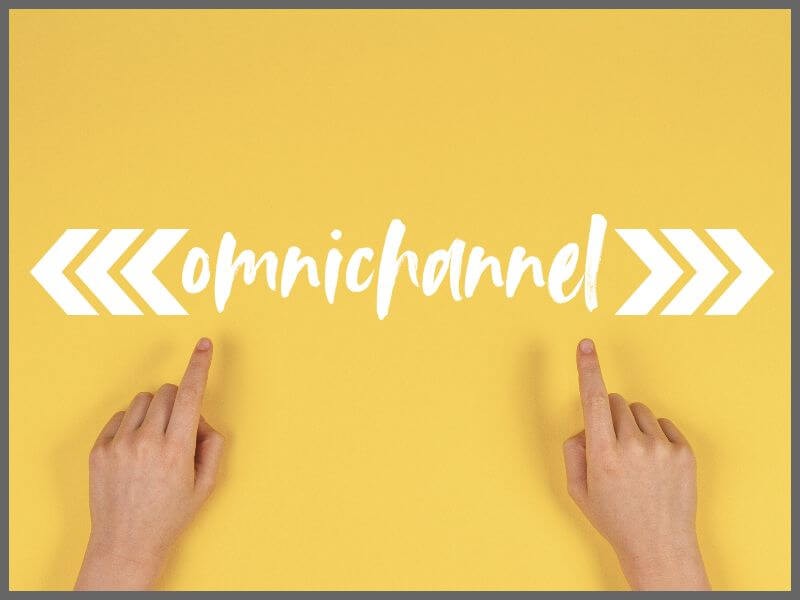
Omnichannel doesn’t mean a ton of extra work for you. It means working with more clarity.
When you know what you’re doing and why, what you’re measuring and for what reason - every next campaign will be better, simpler, and more useful. For you, and for your buyers and clients.
Omnichannel marketing has also become a necessity. In a time when people are overwhelmed with information, you need to offer a clear, meaningful, and connected experience.
If you don’t have the time, knowledge, or resources to do it yourself, Zona plus is here.
We can help you connect your website, e-mail, and social media into a strategy that gets results.
Contact us and let us know what stage you’re currently in, and we’ll help you get where you want to be.